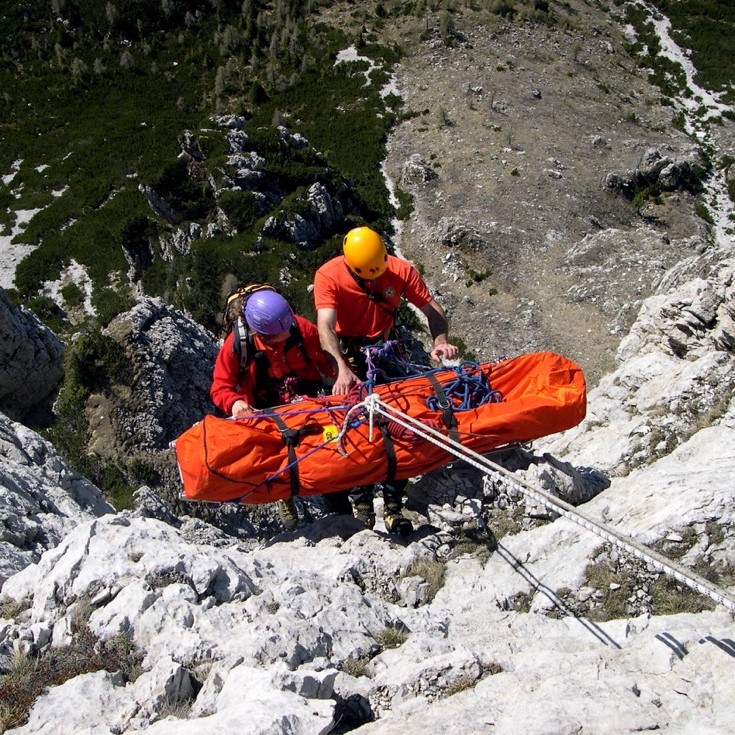How to call the Mountain Rescue Service
Single health emergency number in the Veneto Region: 118. Single European Emergency Number: 112.
General instructions to be followed, endeavouring to answer the operator’s questions with absolute calm and clarity:
1. Provide details of the injured person’s identity (name, surname, home address), the phone number from which you are calling, and, whenever possible, the number of another landline or mobile telephone (because, for example, the first number could be engaged when it is needed, the phone battery may run out of electricity, or provider coverage may be insufficient, and so forth).
2. Briefly describe the circumstances of the incident, specifying the time of occurrence, the involvement of other individuals, details on the number of injured people and their overall conditions, and the presence of ongoing or potential danger.
3. Provide the 112 (118) Single European Emergency Number Operator the following information regarding the person(s) involved:
- state of consciousness/unconsciousness;
- breathing present or absent, regular or irregular (breathing difficulties);
- bleeding taking place, etc.


